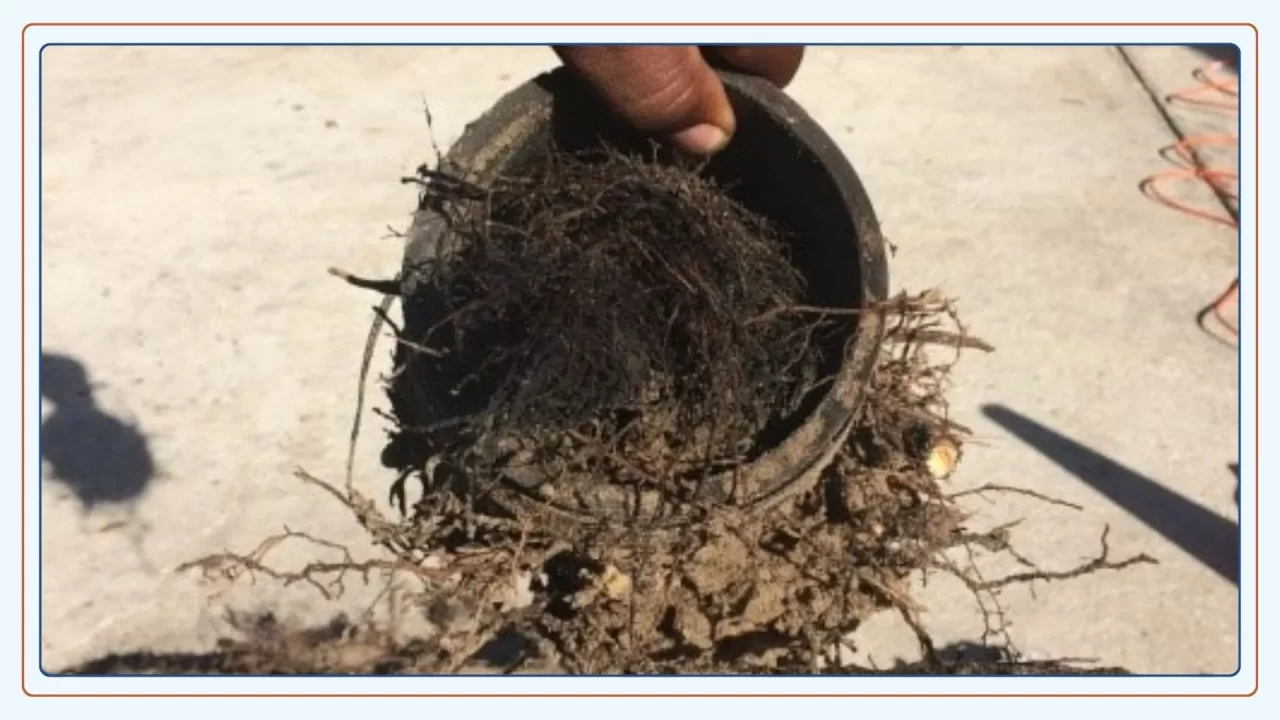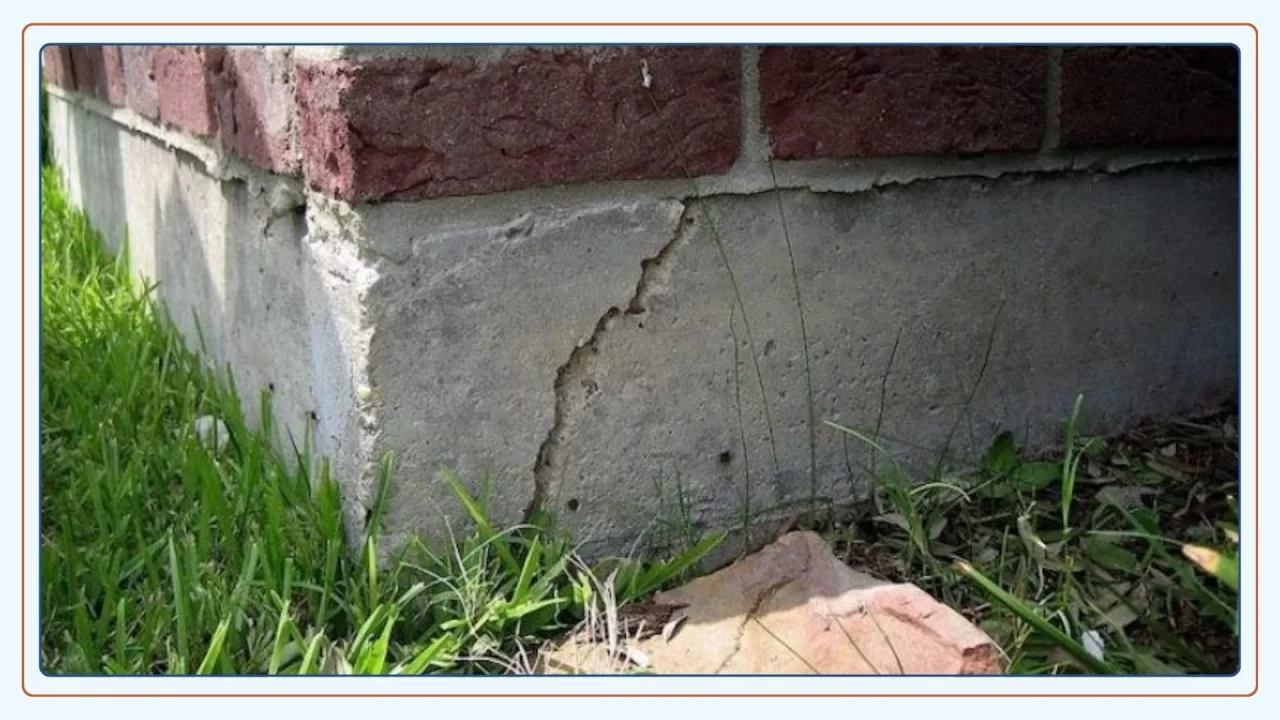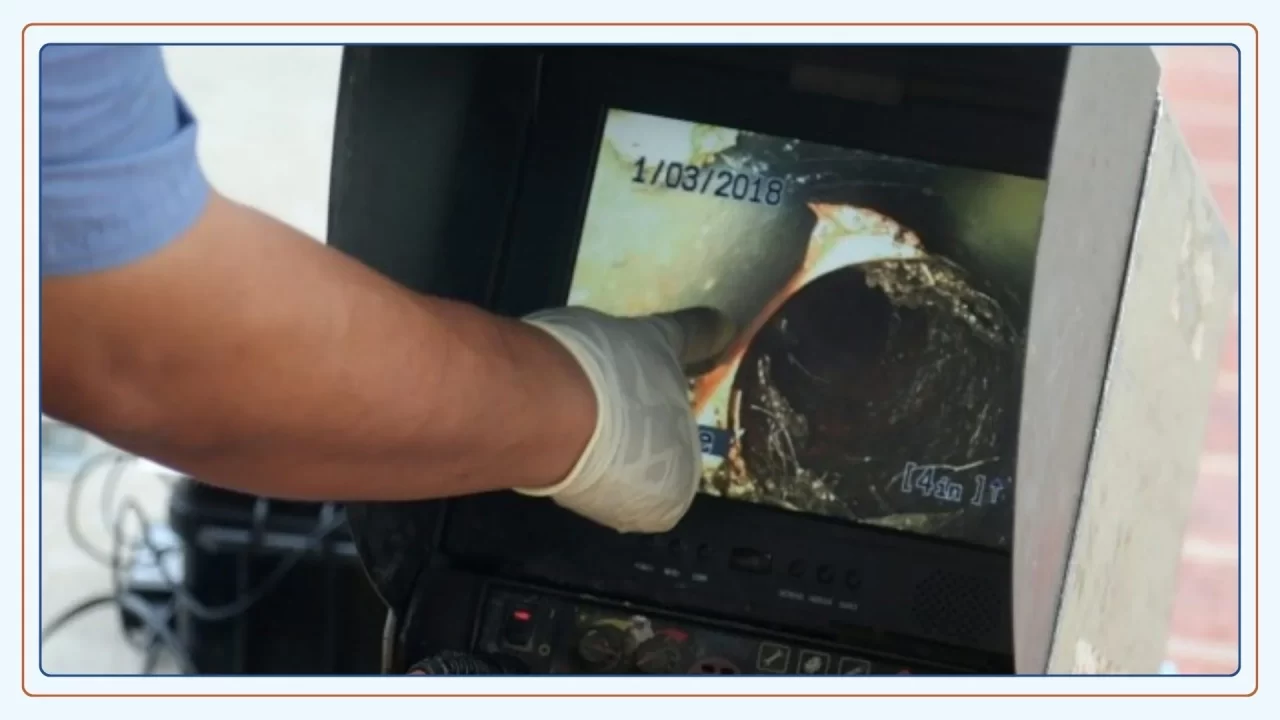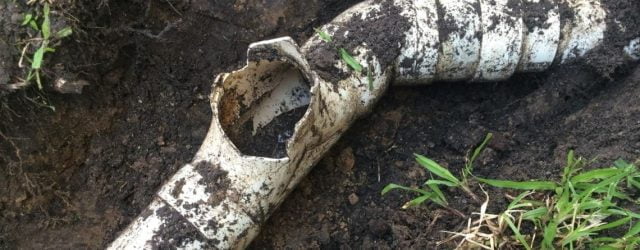Signs of a Damaged Sewer Line
As a homeowner, understanding the signs of a damaged sewer line is crucial for maintaining a safe and functional home environment. A compromised sewer line can lead to significant property damage, health hazards, and costly repairs if not addressed promptly. In this blog post, we’ll explore the key signs and symptoms of a broken sewer line, the common causes of damage, and practical steps to take if you suspect an issue. Let's dive in.
What is a Sewer Line [Sewer Pipe]?

A sewer line is a vital component of your home’s plumbing system. It is responsible for transporting wastewater from your home to the municipal sewer or septic system. Properly functioning sewer lines ensure that waste is efficiently removed, maintaining the cleanliness and hygiene of your living space. However, when a sewer line breaks or becomes damaged, it can disrupt this critical process and cause a myriad of issues.
What Are the Signs of a Broken Sewer Line?
Recognizing the early signs of a broken sewer line can save you from extensive damage and expensive repairs. Here are some common indicators:
1. Slow Draining Sinks and Toilets
One of the first signs of a troubled sewer line is slow draining sinks and toilets. If you notice that your drains are consistently slow, even after attempting to clear potential blockages, it may indicate a larger issue within the sewer line.

2. Gurgling Sounds
Unusual gurgling sounds coming from your drains or toilets can be a red flag. These sounds often occur when there is trapped air in the sewer line due to a blockage or break. Pay attention to these noises as they can signal a developing problem.
3. Foul Odors in the Home
The presence of foul odors, particularly the smell of sewage, is a clear sign that something is amiss. These unpleasant smells can seep into your home when there's a break or crack in the sewer line, allowing gases to escape.
4. Patches of Extra-Green Grass in the Yard
While a lush, green lawn is generally desirable, patches of unusually green grass can be indicative of a leaking sewer line. Wastewater leaking into the soil acts as a fertilizer, causing certain areas of your yard to grow more aggressively than others.
5. Cracks in the Foundation or Driveway
Sewer line damage can also result in shifts in your home’s foundation or driveway. If you notice cracks or sinking areas, especially near where the sewer line runs, it could be a sign of underlying issues.
6. Pest Infestations
Rodents and other pests are attracted to the sewage smell, making a compromised sewer line an inviting entry point into your home. If you suddenly notice an increase in pest activity, it could be a sign of a broken sewer line.
Causes of Sewer Line Damage
Understanding what causes sewer line damage can help you take preventative measures. Here are the common culprits:
1. Tree Root Invasion
Tree roots naturally seek out moisture and nutrients, making sewer lines an attractive target. Roots can infiltrate and eventually break through sewer pipes, causing significant blockages and damage.

2. Ground Shifting
Shifts in the ground, whether due to natural causes like earthquakes or human activities, can put undue stress on sewer lines. This stress can lead to cracks, breaks, and misalignment of the pipes.
3. Age of the Sewer Line
Over time, sewer lines can deteriorate due to age and general wear and tear. Older homes, in particular, are at higher risk of experiencing sewer line issues due to outdated or corroded piping materials.
4. Extreme Temperature Fluctuations
Extreme temperatures can also cause sewer line damage. Freezing temperatures can cause pipes to burst, while hot temperatures can lead to pipe expansion and potential cracks.
5. Human Error
Accidental damage from digging or construction work can also cause sewer line damage. It’s essential to know the location of your sewer lines and take precautions when doing any yard work or home renovations.
Effects and Risks of Ignoring a Broken Sewer Line
Failing to address a broken sewer line promptly can lead to severe consequences, including:
1. Health Hazards
Leaking sewage poses serious health risks, as it can contain harmful bacteria and pathogens. Prolonged exposure to these contaminants can lead to illnesses and infections.
2. Property Damage
Water damage from a broken sewer line can affect not only your plumbing system but also your home's foundation, walls, and flooring. Mold growth is another risk associated with sewer line leaks, further compromising your property’s structural integrity.

3. Increased Repair Costs
Ignoring initial signs of sewer line damage can result in more extensive and costly repairs down the line. Addressing the problem early on can save you significant time, money, and stress.
4. Legal Issues
If your broken sewer line causes damage to a neighbor’s property, you could be held liable for the repair costs and any resulting legal actions.
Steps to Take if You Suspect a Broken Sewer Line
If you suspect a broken sewer line, taking immediate action is crucial to mitigating damage. Here are the steps you should follow:
Initial Inspection and Diagnosis
Start by performing a visual inspection of your property for obvious signs of damage. If you notice any of the symptoms mentioned earlier, contact a professional plumber to perform a thorough diagnosis using specialized equipment like video inspection cameras. Continue reading to learn about Sewer Line Camera Inspection and how it can help you see the problem with your sewer drain.

Repair Options and Costs
Depending on the severity of the damage, there are several repair options available:
- Trenchless Repair: This method involves minimal digging and is less invasive, making it a preferred option for many homeowners.
- Pipe Relining: A flexible tube coated with resin is inserted into the damaged pipe and inflated, creating a new pipe within the old one.
- Traditional Excavation: In severe cases, full excavation and replacement of the damaged section may be necessary.
Costs can vary based on the chosen repair method, the extent of the damage, and local labor rates. Discuss the options with your plumber to determine the best course of action.
Preventative Maintenance
Preventing future sewer line issues involves regular maintenance and mindful practices:
- Schedule periodic inspections with a professional plumber.
- Avoid planting trees and shrubs near sewer lines.
- Be cautious about what you flush or pour down your drains to prevent blockages.

To Conclude
Understanding the signs and symptoms of a broken sewer line is essential for every homeowner since it can have severe consequences if left unaddressed. By knowing the common causes of sewer line damage and taking preventative measures, you can avoid potential risks and costly repair bills.
It is important to note that a main sewer line project should only be done by a licensed plumbing contractor with proper permits and inspections to ensure your safety. If you suspect a broken sewer line, do not hesitate to contact us for sewer line repair in Orlando and let our team of experts handle the issue promptly and efficiently. Don't ignore a broken sewer line – take action today to protect your health, property, and finances.

